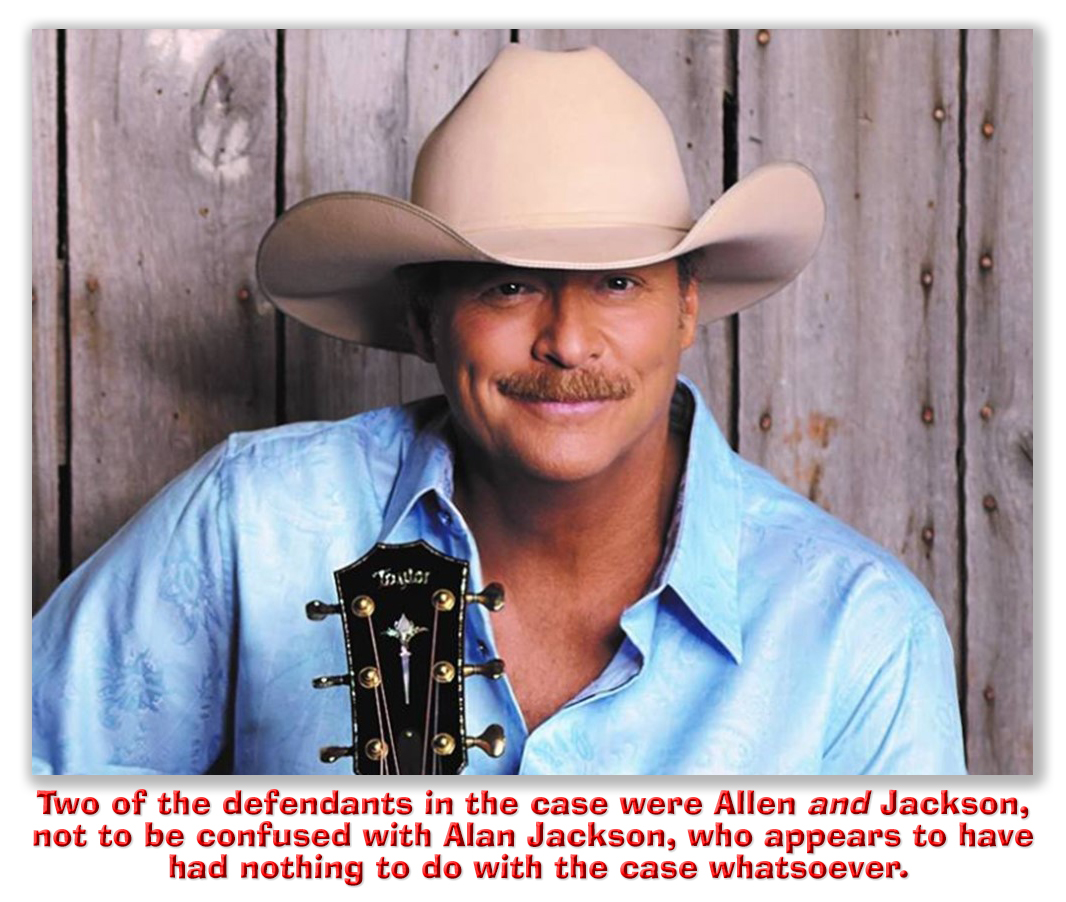We post news and comment on federal criminal justice issues, focused primarily on trial and post-conviction matters, legislative initiatives, and sentencing issues.

11th CIRCUIT APPLIES ‘RULE OF SEVERITY’ TO PARSING FAIR SENTENCING ACT
Every defendant knows that the Rule of Lenity holds that any ambiguity in a criminal statute must be resolved in the defendant’s favor. Defendants can be forgiven if they think that the 11th Circuit follows the opposite rule – call it a “Rule of Severity” – to never miss a chance to parse a statute in favor of the government.
 I wrote a week ago about Supreme Court Justice Sotomayor’s blast at the 11th Circuit’s abuse of the 28 USC § 2244 process to foreclose meritorious direct appeal claims. The 11th is already notorious for eviscerating the § 2255(e) escape clause, a provision which lets defendants file for conviction or sentence relief under 28 USC § 2241 where, for procedural reasons, the § 2255 remedy is unavailable.
I wrote a week ago about Supreme Court Justice Sotomayor’s blast at the 11th Circuit’s abuse of the 28 USC § 2244 process to foreclose meritorious direct appeal claims. The 11th is already notorious for eviscerating the § 2255(e) escape clause, a provision which lets defendants file for conviction or sentence relief under 28 USC § 2241 where, for procedural reasons, the § 2255 remedy is unavailable.
In its most recent entry, the 11th last week rejected the combined reasoning of six other circuits by interpreting the Fair Sentencing Act in a way that forecloses relief to many defendants who, had they been convicted in any other circuit, would have gotten relief. In so doing, the Circuit has denied First Step Act Section 404 relief to hundreds of inmates.
Section 404 says a “covered offense” entitled to retroactive FSA sentence reduction is a violation of a Federal criminal statute, “the statutory penalties for which were modified by section 2 or 3” of the FSA. The meaning of “covered offense” depends on what the clause in quotation marks — the “penalties clause” — modifies. Every other circuit to address the question believes that the penalties clause modifies “Federal criminal statute.” That means that if a defendant was sentenced for crack prior to August 2010, he or she is eligible to seek a sentence reduction.
Not the 11th. Instead, the Circuit held if the statutory minimum for the defendant’s sentence under the FSA would not have changed – say, the indictment claimed 40 grams of crack, which would have been a five-year minimum post-FSA as well as pre-FSA – a defendant is not eligible for § 404 relief.
To make matters worse, the 11th held that just because it is a “covered offense” does not necessarily mean that a district court can reduce a sentence. Any reduction must be ‘as if sections 2 and 3 of the Fair Sentencing Act…” The 11th said “the ‘as-if’ requirement imposes two limits relevant to these appeals. First, it does not permit reducing a movant’s sentence if he received the lowest statutory penalty that also would be available to him under the Fair Sentencing Act. Second, in determining what a movant’s statutory penalty would be under the Fair Sentencing Act, the district court is bound by a previous finding of drug quantity that could have been used to determine the movant’s statutory penalty at the time of sentencing.”
 Four defendants were involved In the case the 11th decided, Jones, Johnson, Allen and Jackson. (I say this because an inmate contacted me a few days ago to complain that I had written about United States v. Jones, but he had heard the 11th had also ruled on the “Allen case,” and what about that one?). Four defendants, only one awful ruling.
Four defendants were involved In the case the 11th decided, Jones, Johnson, Allen and Jackson. (I say this because an inmate contacted me a few days ago to complain that I had written about United States v. Jones, but he had heard the 11th had also ruled on the “Allen case,” and what about that one?). Four defendants, only one awful ruling.
Two of the four defendants had juries that did not make a drug finding. In that case, the Circuit said, the district court’s stratospheric holding at sentencing (287 grams of crack for one guy, 75 kilos of crack for the other) made each ineligible for the FSA.
One can only hope that the defendants will take the lopsided circuit split this case creates to the Supreme Court. For now, it is just another illustration of why the 11th Circuit is an terrible court in which a defendant can find himself.
United States v. Jones, 2020 US App. LEXIS 18828 (11th Cir. June 16, 2020)
– Thomas L. Root

